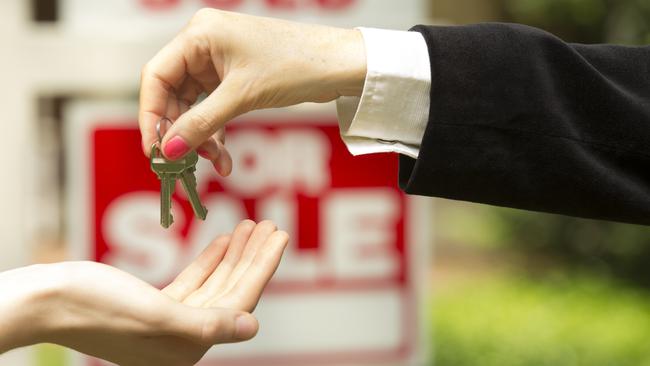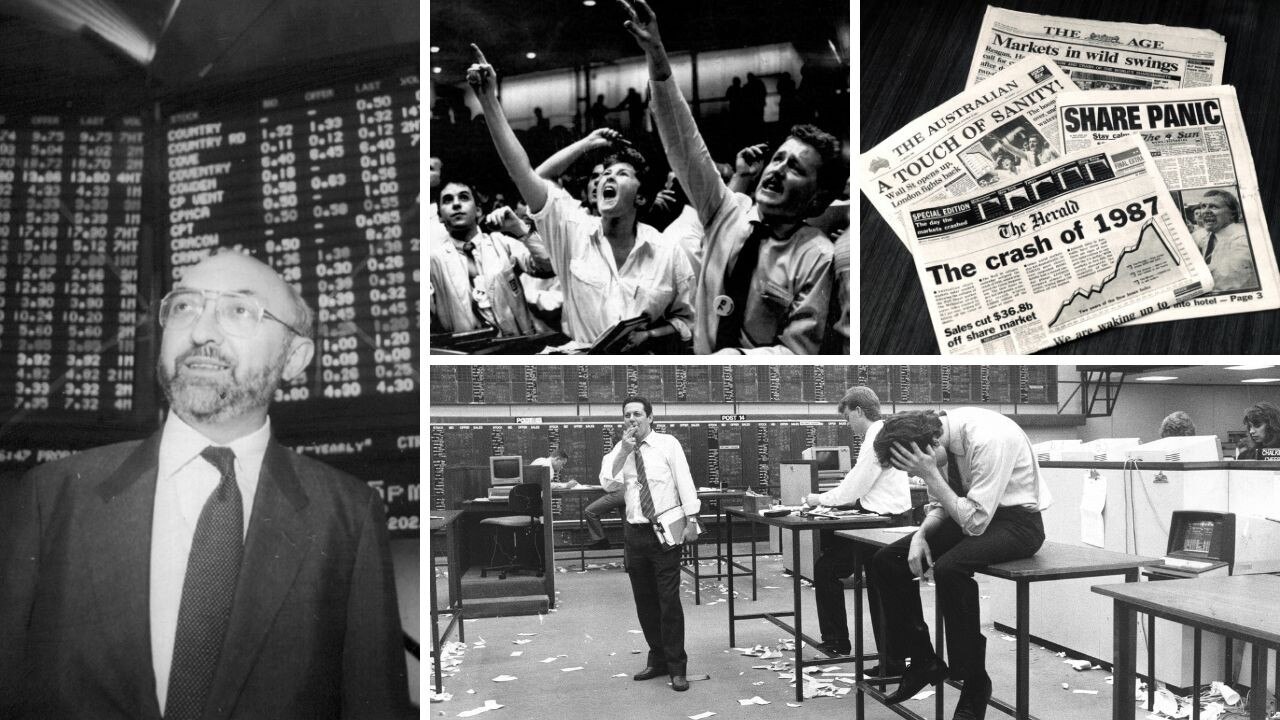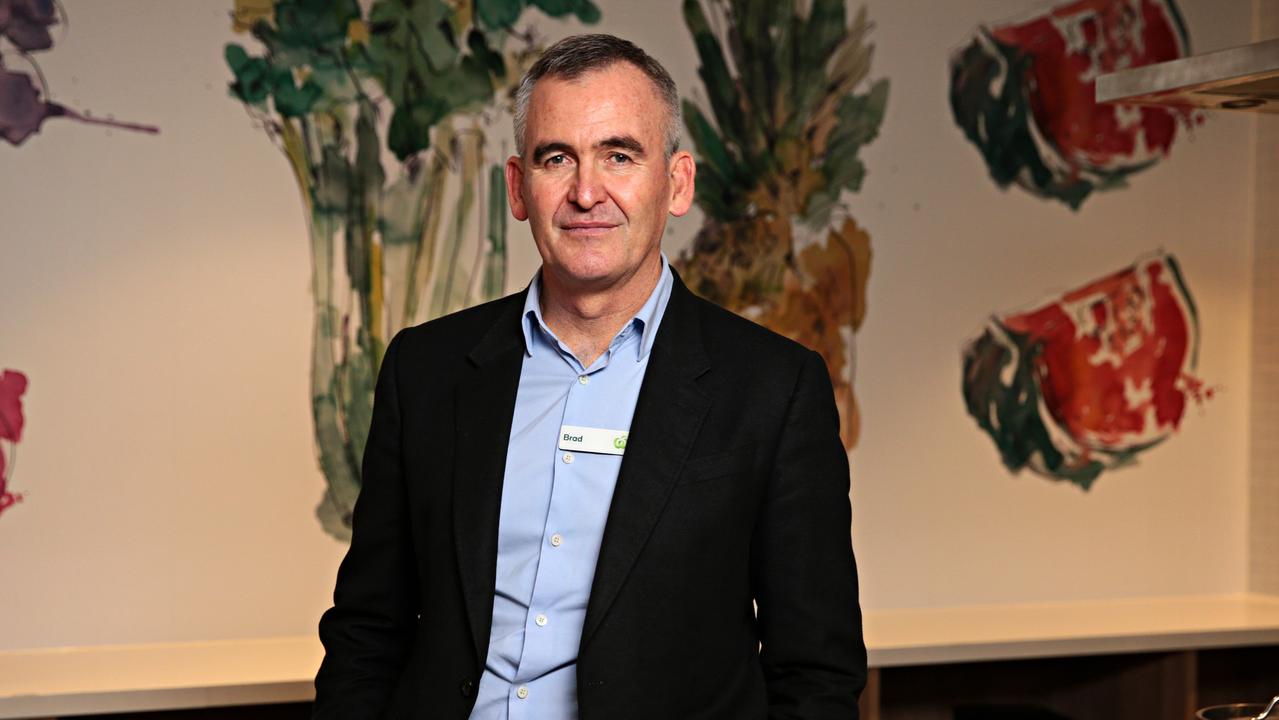The real truth about the RBA’s interest rate rises
In reality only a very small proportion of home loan borrowers have had their cash flow and savings devastated by RBA rate rises.
Terry McCrann
Don't miss out on the headlines from Terry McCrann. Followed categories will be added to My News.
Despite the media and general commentariat hysteria, only a very small proportion of home loan borrowers have really had their cash flow and, importantly, savings devastated by the Reserve Bank rate rises.
These are first home buyers who bought between 2020 and recently.
This unrecognised reality goes to two big issues: why the property market has ‘surprisingly’ bounced back; and just how high rates have to go to kill inflation.
This in turn leads to a further huge issue: is it even possible to bring inflation back down, when so much of it is government-mandated, like with power prices?
And that’s even before we get to the potentially catastrophic scenario of a wages-prices spiral into an economy sliding into recession.
Now obviously, nobody with a home loan would ‘like‘ the ever-higher interest rates since May last year. Every borrower would obviously have ‘liked’ them to have stayed at near-zero.
So, in that basic sense, every borrower has been hit and indeed feels hit.
The critical distinction, though, is between those who have been really hurt – those first-home buyers – and every other borrower, by definition, being a second home buyer.
Anybody buying a second (or third, or fourth, etc) home has to be in one of two categories.
They’ve either ‘traded up’ from a first home; and if so, they’ve cashed in a huge, and I mean humungous, totally tax-free profit.

Or they are buying a second – either investment or holiday – home. And remain sitting on a huge, and I mean humungous, unrealised capital gain on their first home.
So, yes, obviously, none of them would like to see their home loan repayments going up.
But set against their huge profits, which they have either reinvested in their second (or third) purchase, or have sitting in their bank account, the higher repayments are clearly manageable.
It’s the first home buyers who did not have a huge pile of money from a previous sale, that have really been put under the pump by the rate and repayment rises.
Although almost all of them did get a two-year holiday from higher repayments, between 2020 and mid-2022, with many further benefiting from even longer fixed-rate loans.
Further, because of the frenzied focus on the RBA rate rises – the breathless reporting of ‘so many rate rises in a row’ – the pain on household budgets has tended to be blamed solely on the rate rises.
It’s also been the inflation, stupid.
Borrowers (and indeed renters) have ‘felt’ the pain of higher loan repayments (and higher rentals) more acutely because all their other spends – groceries, power etc - have eaten deep into disposable income as well.
Incomes, which have not been rising to keep pace with inflation.
All this is now really hurting; it’s now at last ‘making’ those rate rises ‘work’ in cutting spending.
But maybe not, bizarrely, cutting the really serious inflation – generated by governments.
Or indeed, seriously impacted the ability, if not the happiness, of people who’ve cashed in big capital gains to ‘afford’ the higher rates and even go back into the property market.
So we get this weird mix of repayment pain and cashed-up buyers.
Originally published as The real truth about the RBA’s interest rate rises



